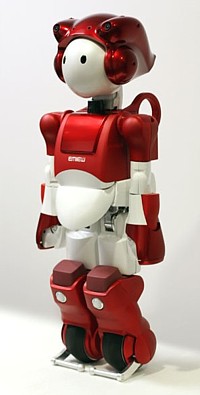 Hitachi has unveiled an office worker robot named "EMIEW 2," which is a lighter, more compact and more sophisticated version of Hitachi's 1st-generation EMIEW (Excellent Mobility and Interactive Existence as Workmate) robot developed in March 2005. The robot was demonstrated on November 21 at the company's Mechanical Engineering Research Laboratory, where it was supposed to show off its ability to greet visitors, guide them through the office, retrieve documents and carry drinks. Apparently, however, things did not go as planned.
Hitachi has unveiled an office worker robot named "EMIEW 2," which is a lighter, more compact and more sophisticated version of Hitachi's 1st-generation EMIEW (Excellent Mobility and Interactive Existence as Workmate) robot developed in March 2005. The robot was demonstrated on November 21 at the company's Mechanical Engineering Research Laboratory, where it was supposed to show off its ability to greet visitors, guide them through the office, retrieve documents and carry drinks. Apparently, however, things did not go as planned.
According to this AP report, the large amount of lunch-break traffic on the research center's wireless network interrupted EMIEW 2's communications, causing it to crash into a desk during the demonstration. The robot had to wait until after lunch break to perform its routine.
When operating properly, however, EMIEW 2 can respond to spoken commands, move around on two wheels at a speed of 6 kilometers per hour (4 mph), and safely weave its way through crowds of humans -- just like the original EMIEW. But while its predecessor stood 1.3 meters (4 ft 3 in) tall and weighed 70 kilograms (154 lbs), EMIEW 2 is only 80 centimeters (31 in) tall and weighs 13 kilograms (29 lb), which is light enough to allow the robot's adult female co-workers to lift and carry it, Hitachi says. EMIEW 2, which appears to have been modeled after a youngster wearing a red hat and outfit, sports a more childlike appearance than the 1st-generation model.
Other new features include a unique pair of Transformer-style legs that allow the robot to crouch on its knees and roll around on an extra set of wheels for greater stability, as well as the ability to lift its feet 3 centimeters (1.2 in) off the ground to step over small obstacles. In addition, a built-in radar system allows the robot to map its surroundings and understand its own position in relation to other objects in the room.
Hitachi developed EMIEW 2 as part of the Project for the Practical Application of Next-Generation Robots organized by NEDO (New Energy and Industrial Development Organization), which aims to encourage the development of robots that can coexist with humans while providing support in real-world situations. But judging from the real-world situation that occurred at the demonstration, Hitachi still has a bit of work to do.
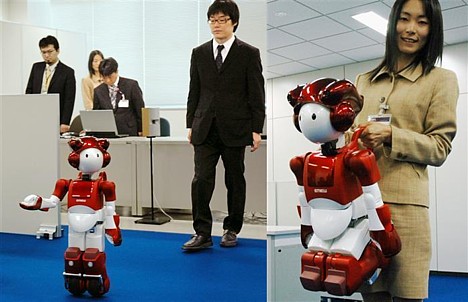

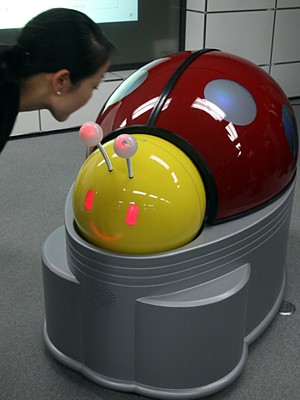 On November 21, a group of small- to medium-sized venture companies based in western Japan unveiled an autonomous ladybug-shaped robot designed to clean public restrooms at highway rest areas.
On November 21, a group of small- to medium-sized venture companies based in western Japan unveiled an autonomous ladybug-shaped robot designed to clean public restrooms at highway rest areas. 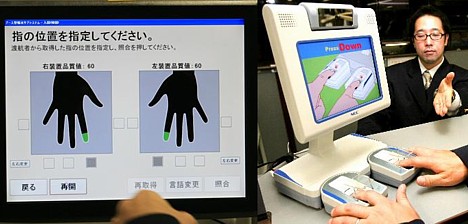

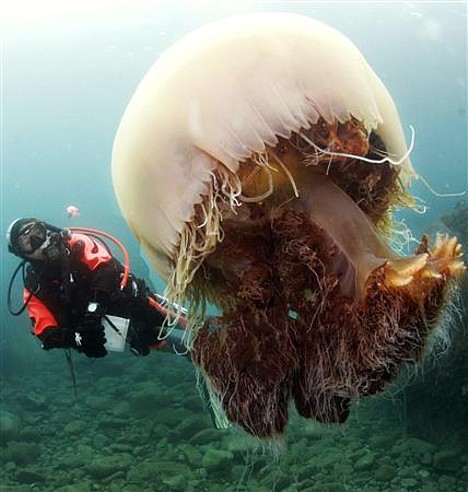
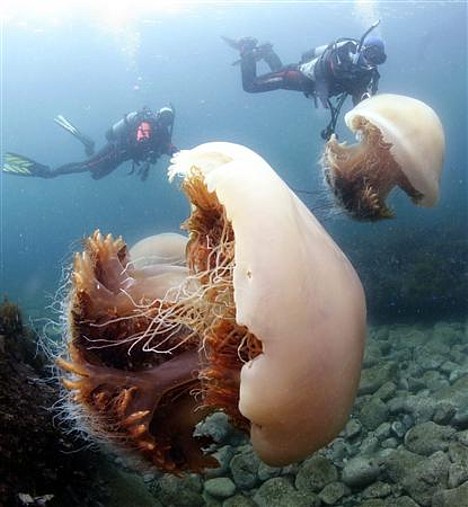
 A team of University of Tokyo researchers led by professors Hitoshi Sakano and Ko Kobayakawa have announced they have genetically engineered a mouse that does not fear cats, simply by controlling its sense of smell. By tweaking genes to disable certain functions of the
A team of University of Tokyo researchers led by professors Hitoshi Sakano and Ko Kobayakawa have announced they have genetically engineered a mouse that does not fear cats, simply by controlling its sense of smell. By tweaking genes to disable certain functions of the 


 This past weekend, a group of 66 Japanese astronomers gathered to discuss the proper course of action to take in the event a signal from an extraterrestrial intelligence is discovered. The astronomers, who met specifically to determine which national authorities to notify after receiving an alien signal, failed to reach a decision before the meeting was adjourned.
This past weekend, a group of 66 Japanese astronomers gathered to discuss the proper course of action to take in the event a signal from an extraterrestrial intelligence is discovered. The astronomers, who met specifically to determine which national authorities to notify after receiving an alien signal, failed to reach a decision before the meeting was adjourned. 